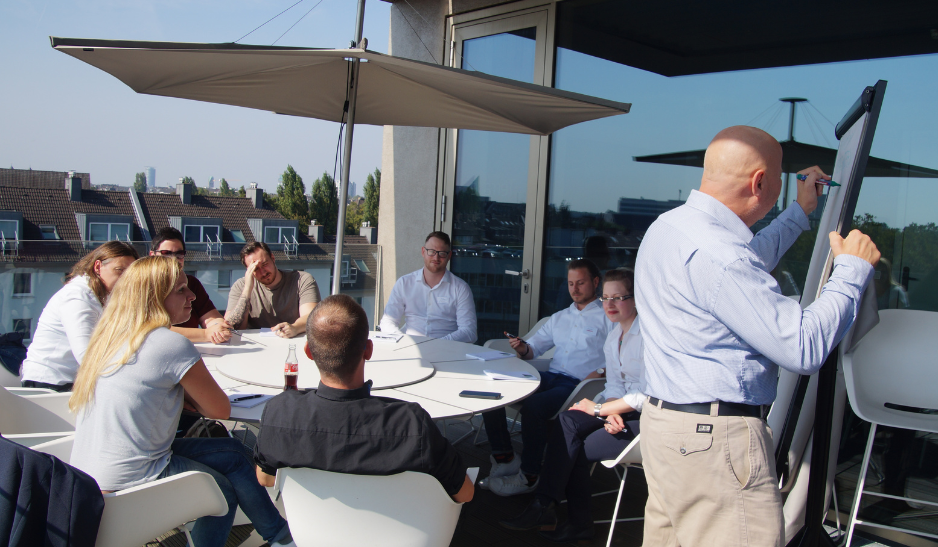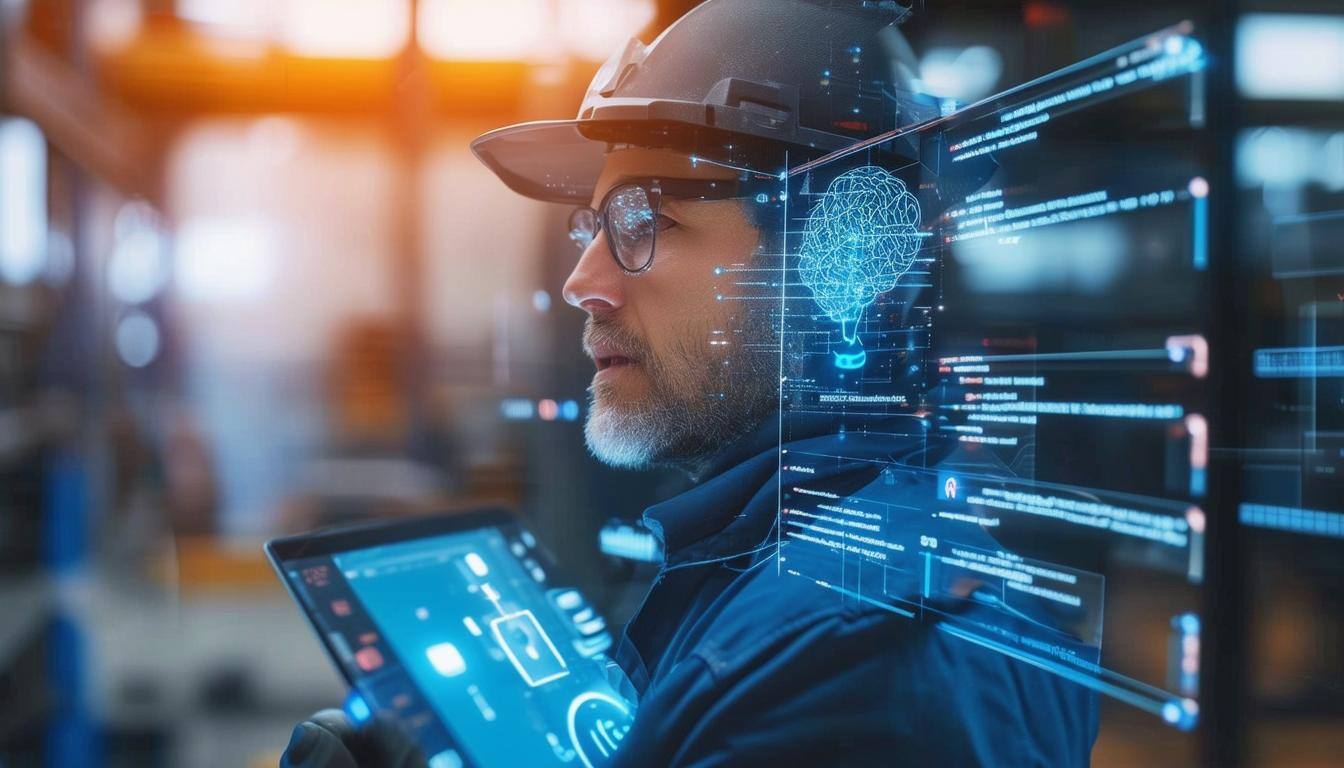You’ve decided to invest in mobile technology for your field engineers. Now it’s time to choose the hardware. This is important because the devices you buy are likely to be relied on all day every day by your engineers. Implementing an enterprise mobility solution is all about making your engineers more productive and efficient. That means the hardware you choose has to be something they can and will use more effectively than whatever you had in place before.
Fortunately there are a lot of options, which gives you plenty of freedom to find the devices that best fit your company’s and engineers’ needs. There’s no such thing as one-device-fits-all, so what works for a HVAC business might not be suitable for an IT services company. Here are some things to consider when choosing the right hardware for your field teams.
Writing
The kind of work your field engineers are doing is important. If they have to do a lot of writing, they are likely to prefer a laptop with a physical keyboard.
Of course, most field service work doesn’t usually involve much typing beyond recording details of actions taken, outstanding issues or concerns, parts needed and follow-up tasks and priorities. On occasion they might also need to record sales actions. And the better your enterprise mobility software, the less writing your engineers should have to do. For example, Asolvi’s mobility software comes with a barcode scanner that prevents engineers from having to type out long serial numbers. You simply scan the barcode and the product is automatically identified and entered into the system.
Also worth considering is that many people are getting used to typing on touchscreens or using dictation-based note-taking apps where typing is not an option or is too much hassle.
Portability
Many engineers are on the go for long hours and already have to carry around tools and equipment. Laptops are bulky hence the growing preferences for smaller, lighter gadgets like smartphones and tablets. The smallest devices can remain in engineers’ pockets while they are climbing ladders or crawling under furniture and be accessed if they need to refer to something. In circumstances like these, it’s simply not possible to carry around a laptop.
Ruggedisation
Your engineers may need rugged devices if they are working in harsh or extreme environments. These are devices that are designed to operate reliably in such conditions.
In general terms there are three levels of ruggedisation: semi-rugged, fully-rugged and ultra-rugged. Semi-rugged just means that certain components are better protected, e.g. a thicker case and a spill-resistant keyboard on a laptop. Fully-rugged means the devices have been tested to military grade specifications and are resistant to dust, water, extreme temperatures and impacts. Ultra-rugged devices are basically indestructible, capable of standing up to a blizzard or sandstorm. They also cost the most.
Functionality
Functionality is probably the most important factor when choosing the most appropriate devices for your engineers in the field.
Though smartphones and tablets are similar, one glaring difference is that smartphones can be used for traditional phone calls while tablets can generally only be used for VoIP, e.g. Skype. (There are some exceptions.)
The other big difference is screen size. The fact that tablets are larger means that engineers often find it easier to view and input job details.
Often the choice is dictated not by the type of device but the operating system that device supports. The reason personal digital assistants (PDAs) have been overtaken by tablets and smartphones is because the latter have better operating systems. Most use the two major mobile platforms, Android and iOS, host to a much broader spectrum of features and apps. PDAs use now-discontinued operating systems and contain only basic apps (although for that reason they are typically much cheaper than tablets and smartphones). At the same time, Android and iOS lack the extensive functionalities of a Mac or a Windows laptop.
However, field service engineers don’t generally need the full desktop functionality of a Mac or Windows operating system to do their jobs. And fewer capabilities can actually result in more focused work and, therefore, higher levels of productivity.
Of all the options, smartphones and tablets are probably the best for field service organisations. Which you choose will depend on the level of portability your engineers require, and whether or not they need to make frequent phone calls.
Having said that, your engineers shouldn’t need to make frequent phone calls if everything they need is at their fingertips. That comes down to the strength of the enterprise mobility software on the device. Though the quality of the device is important, the quality of the software is more so. The top priority is making sure your engineers are equipped with the information they need to do the work.





